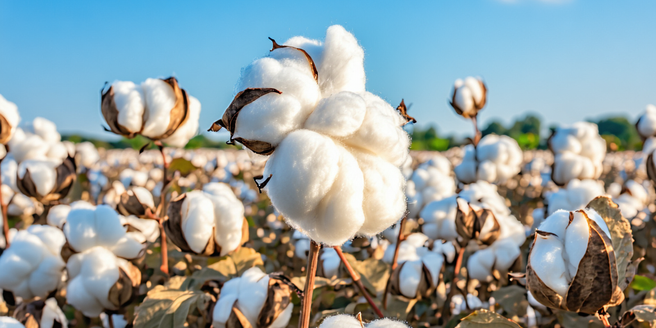
Understanding Sustainable Fabrics
Sustainable fabrics are at the forefront of eco-friendly fashion, focusing on minimizing environmental impact. These fabrics include organic cotton, hemp, and bamboo, which require less water and chemicals compared to conventional materials. Organic cotton is grown without harmful pesticides, making it a healthier choice for both the planet and the wearer. Hemp grows rapidly and requires minimal resources, making it one of the most sustainable options. Bamboo fabric is prized for its softness and biodegradable properties. Additionally, recycled materials like polyester made from post-consumer plastic bottles are gaining popularity. Understanding the source and production methods of these fabrics can help consumers make informed choices, ensuring their wardrobe aligns with eco-friendly values. By prioritizing sustainable materials, fashion enthusiasts can significantly reduce their carbon footprint while supporting environmentally responsible practices.
Eco-Friendly Fashion Brands to Explore
As sustainable fashion gains traction, numerous brands are emerging with eco-conscious values at their core. Brands like Patagonia and Eileen Fisher lead the charge by implementing recycling and take-back programs, encouraging consumers to return old garments for recycling. Everlane is known for its ‘Radical Transparency’ policy, providing insights into production costs and ethical sourcing. Thought Clothing offers collections made from organic materials and processes, reducing their environmental impact. Additionally, smaller brands like Reformation focus on producing stylish pieces with low waste impacts using recycled materials. By exploring and supporting such brands, consumers contribute to reducing fashion’s carbon footprint. These companies often prioritize fair labor practices and environmentally friendly production, giving shoppers peace of mind that their purchases align with sustainable principles. Choosing eco-friendly fashion brands opens new possibilities for a stylish yet conscious wardrobe.
The Impact of Upcycled Clothing
Upcycled clothing has revolutionized the sustainable fashion industry by transforming old garments into new, stylish pieces. This approach not only reduces textile waste but also conserves resources typically required for producing new clothing. By reimagining outdated or discarded materials, designers craft unique items that stand out in a mass-produced market. Upcycling encourages creativity while minimizing environmental impact, offering a practical solution to fashion’s waste problem. Through social platforms and DIY movements, upcycling has become accessible to the general public, enabling individuals to participate in sustainable practices by giving their clothes a second life. Fashion brands embracing upcycling contribute to a greener industry and inspire others to rethink their consumption habits. Advocating for upcycled fashion plays a crucial role in driving the shift towards a more sustainable, circular fashion system.
How to Build a Sustainable Wardrobe
Building a sustainable wardrobe requires thoughtful consideration and a commitment to eco-friendly practices. Begin by assessing your current clothing collection, identifying items that can be repaired or repurposed rather than discarded. Focus on purchasing quality over quantity; invest in durable pieces that offer timeless style, ensuring longevity. Choose versatile garments that can be mixed and matched, maximizing outfit possibilities without excess. Prioritize brands with sustainable production methods and ethical labor practices, ensuring your purchases align with eco-conscious values. Consider renting or swapping clothing with friends instead of buying new, offering a sustainable solution for special occasions or style refreshes. Regularly declutter and donate or recycle unwanted clothes responsibly, contributing to a circular fashion economy. By implementing these practices, you can curate a wardrobe that reflects your style while minimizing your environmental footprint.
Tips for Maintaining Eco-Conscious Style
Maintaining an eco-conscious style is about making intentional choices that benefit both the environment and your wardrobe. Start by prioritizing quality materials and craftsmanship, ensuring garments withstand wear and time. Wash clothes less frequently, and always in cold water, to preserve fabric quality and reduce energy consumption. Consider air-drying instead of using a dryer, further saving energy. Avoid fast fashion temptations, and focus on acquiring pieces that align with your style and values. Engage in clothing swaps to refresh your wardrobe sustainably and affordably. Repair clothes rather than discard them, embracing imperfections as part of your style narrative. Finally, educate yourself on sustainable practices and support brands that commit to reducing their environmental impact. By adopting these habits, you can maintain a stylish, sustainable wardrobe that resonates with both personal and planetary health.
